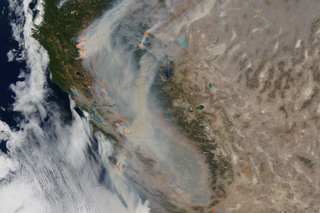
From larger, more intense wildfires to more frequent flash floods, global warming has added to the rising cost of natural hazards. Current spending on infrastructure isn't enough to cover repairs and upgrades.
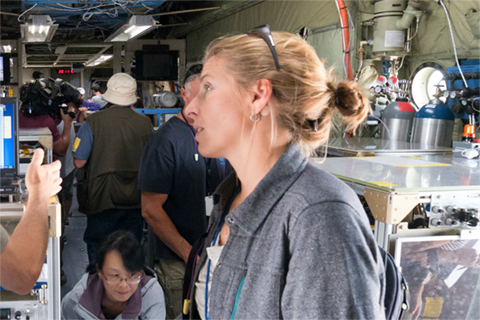
Climate.gov talks with Emily Fischer—an early-career atmospheric scientist and educator who has already made significant contributions to Earth science and fostering greater inclusion of women in the geosciences.
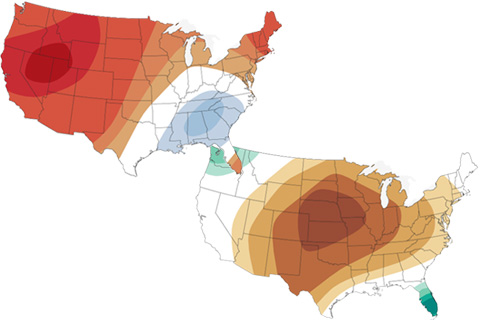
The latest maps from NOAA's Climate Prediction Center show where October 2020 is forecast to be much hotter and drier than average in the U.S. It's not a great outlook for the wildfire-affected West.
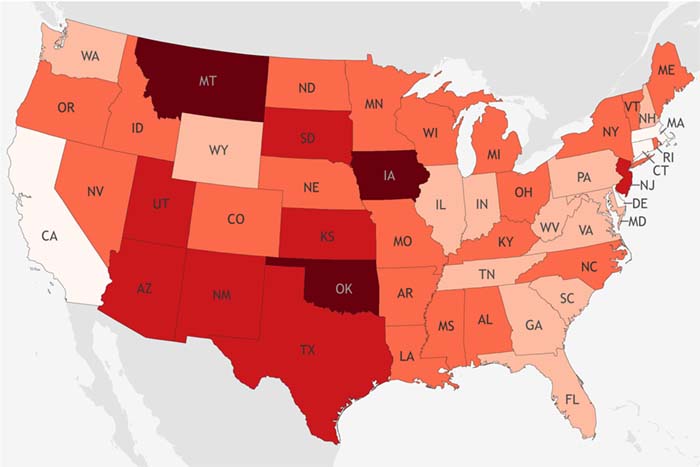
A new NOAA-funded index scores U.S. states' long-term vulnerability to drought, based on a combination of sensitivity, exposure, and their ability to adapt.
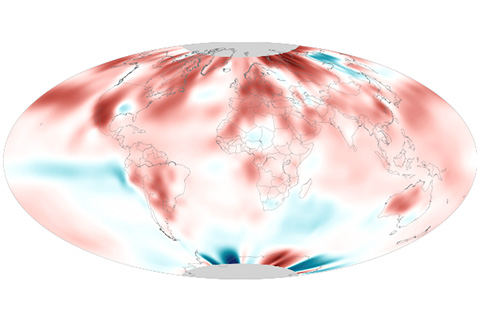
August 2020 was the second-hottest August on record, and it ended the hottest summer on record for the Northern Hemisphere.

The September 2020 temperature and precipitation outlook favors a warmer- and drier-than-average September across the western United States, and a wetter-than-average month across the south-central Plains and much of the East.
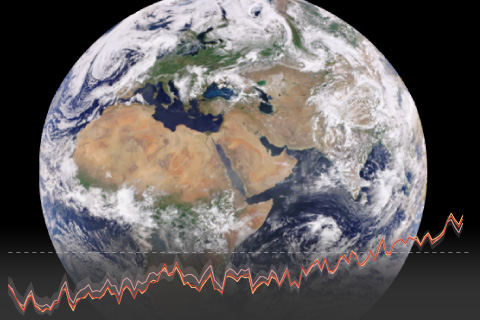
Record-high sea level, noteworthy extreme weather, and rising levels of carbon dioxide in the atmosphere and oceans are just a few of the hundreds of highlights from Earth's annual checkup.

Join three heat experts to talk about how we map, monitor, and lessen the impacts of urban heat islands.
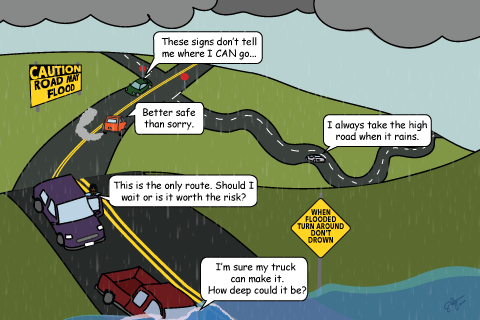
The reasons why some people drive or don't drive into flooded roads can be complex.
